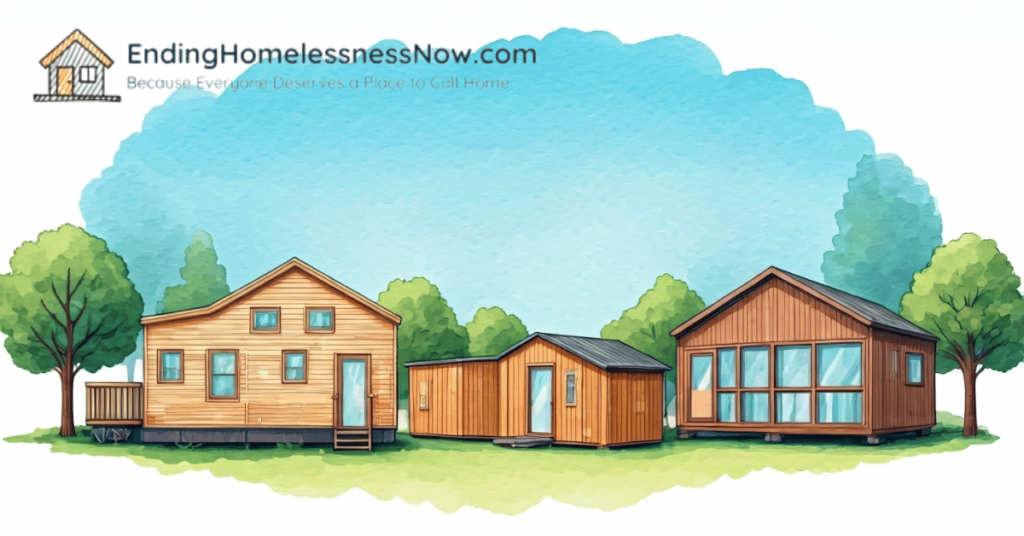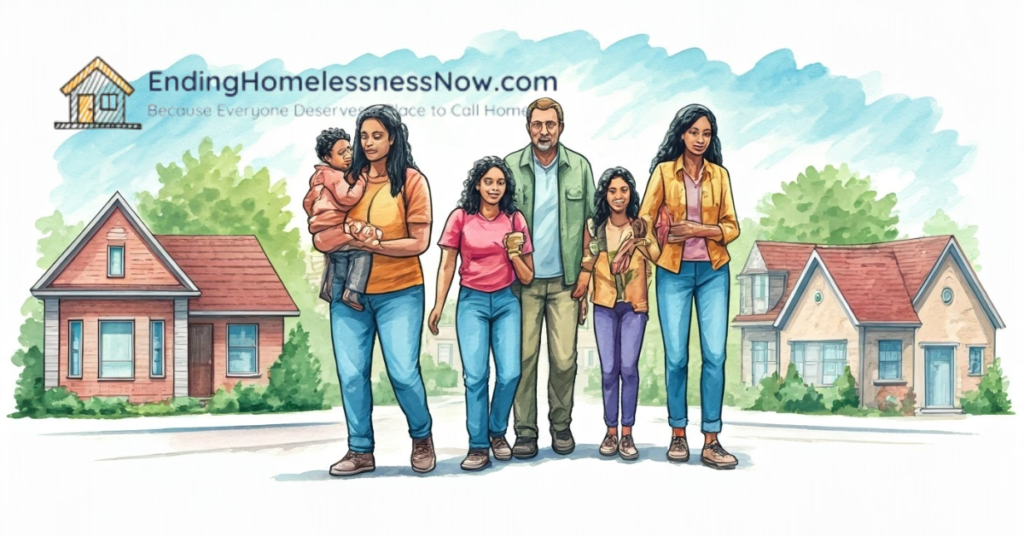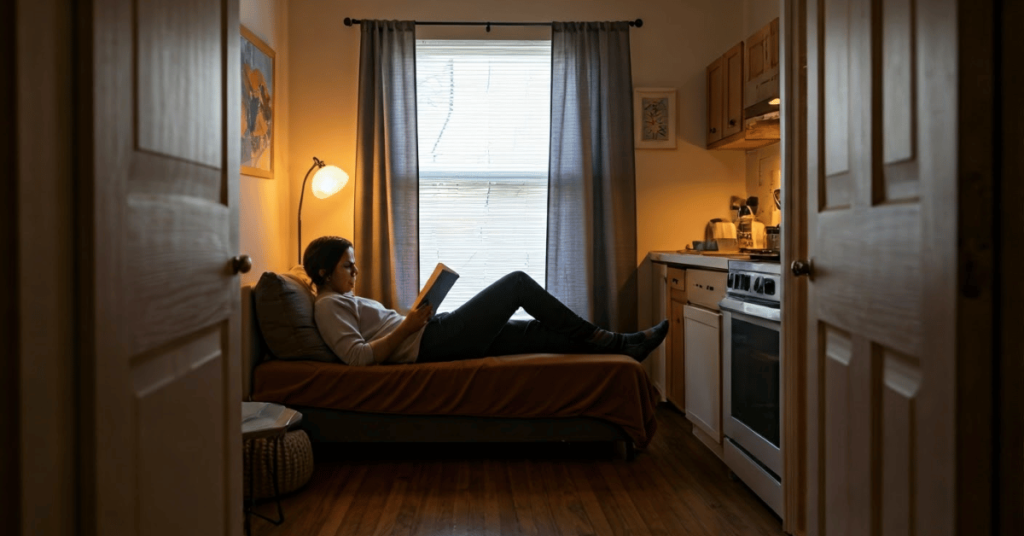Many people who experience long-term homelessness face complex challenges that make it hard to find and keep stable housing. Permanent Supportive Housing (PSH) offers a solution by providing both a home and the help people need to rebuild their lives.
What is Permanent Supportive Housing?
Permanent Supportive Housing combines two crucial things: affordable housing and support services. Unlike temporary shelters, PSH gives people a permanent home without time limits. This means residents can focus on improving their lives without worrying about where they’ll sleep next.

The “supportive” part of PSH includes essential services that help people succeed in their new homes:
- Personal case managers work one-on-one with residents to understand their needs and goals. They help connect people with the right resources and services, keep track of progress, and provide encouragement along the way. Think of them as guides who help residents navigate their journey to stability.
- Healthcare services give residents access to doctors, medication, and preventive care. This includes mental health care, which is crucial for overall well-being. People with regular healthcare can better manage chronic conditions and stay healthy.
- Substance use treatment provides support for people working to overcome addiction. This might include counseling, support groups, and medical treatment. Having this help available right where you live makes it easier to stick with treatment and build a healthier life.
- Job training and employment services help residents find and keep good jobs. This includes help with writing resumes, practicing job interviews, learning work skills, and connecting with employers who are hiring. Steady employment helps people become financially stable and independent.
- Education about managing a home and budget teaches essential life skills. Residents learn to pay bills on time, maintain their apartments, communicate with landlords, and handle household finances. These skills help ensure people can keep their housing long-term.
How PSH Changes Lives
PSH works because it starts with the basic need for a safe, stable home. When people don’t have to worry about finding shelter each night, they can focus on other important parts of their lives, like:
- Taking care of their health
- Getting mental health support
- Finding and keeping a job
- Building relationships with family and community
- Learning new skills
The success of PSH shows in the numbers: there are now about 240,000 PSH homes across the United States. Since 2006, communities have added about 12,000 new PSH homes each year. This growth shows that PSH really helps people move from homelessness to stable housing.
Real Results of PSH
The best way to understand how PSH helps is to look at the real changes it brings to people’s lives:
| Area of Impact | Before PSH | After PSH |
|---|---|---|
| Housing | Living on the streets or in shelters | Safe, stable apartment |
| Health | Chronic illnesses made worse by homelessness | Access to healthcare and better health |
| Employment | Hard to find work without a stable address | Job training and work opportunities |
| Social Connections | Feeling alone and unsupported | Part of a community with support |
How PSH Helps Communities
When communities invest in PSH, everyone benefits. Studies show that every dollar spent on PSH saves $1.20 to $3.00 in other community costs. The savings occur because:
- People use emergency rooms less when they have regular healthcare
- Fewer people need emergency shelter services
- People can become active community members, often working or volunteering
- Neighborhoods become safer and healthier for everyone
Who Can Get PSH?
PSH focuses on helping people who have experienced homelessness for a long time and face other challenges, such as:
- Physical disabilities
- Mental health conditions
- Substance use disorders
- Other issues that make it hard to keep stable housing
Programs look at each person’s specific situation to determine who needs help most urgently.
How to Get PSH Services
If you or someone you know needs PSH, here are the steps to follow:
- Contact your local homeless services organization or call 211. These services can:
- Help you understand if you qualify for PSH
- Connect you with a case manager
- Help you gather needed documents
- Work with a case manager who will:
- Help you fill out applications
- Get copies of important documents like ID and proof of homelessness
- Find PSH programs in your area
- Guide you through the process
- Get on housing waiting lists:
- Your case manager will help you apply for available PSH programs
- You might need to be on multiple waiting lists
- While waiting, stay in touch with your case manager who can help you find temporary housing
- Prepare for housing:
- Work with your case manager to gather any other needed documents
- Learn about your rights and responsibilities as a tenant
- Make a plan for moving in
Remember: The process can take time, but don’t give up. Stay in contact with your case manager, who can help you find temporary solutions while you wait for permanent housing.
Supporting PSH in Your Community
Communities can help PSH succeed by:
- Supporting the creation of new PSH homes
- Learning about how PSH helps both residents and neighborhoods
- Welcoming new PSH homes into their neighborhoods
- Volunteering with PSH programs
Conclusion
Permanent Supportive Housing offers more than just a roof over someone’s head – it provides the foundation people need to rebuild their lives. With both stable housing and support services, people can overcome homelessness and become active members of their communities. The growing number of PSH homes across the country shows that this approach works, giving hope to thousands of people who want to move from homelessness to having a permanent home.



